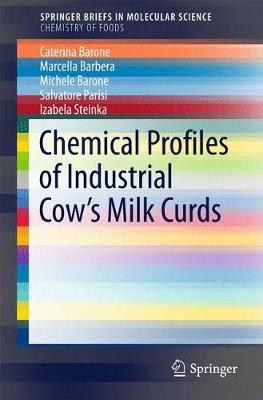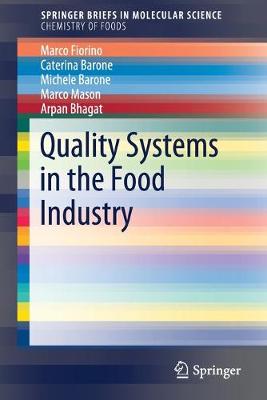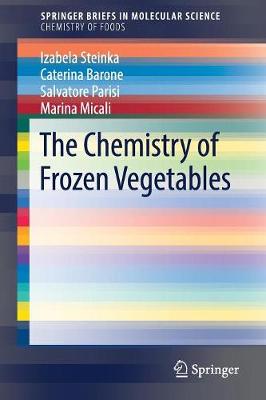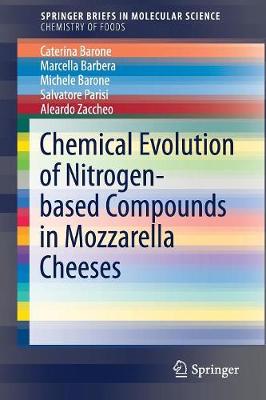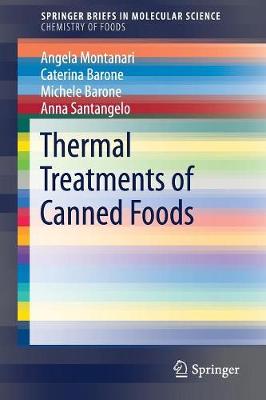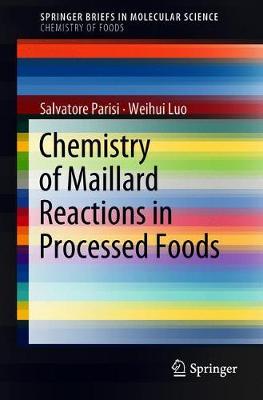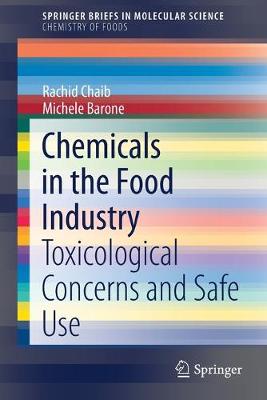SpringerBriefs in Molecular Science
8 total works
Chemical Profiles of Industrial Cow’s Milk Curds
by Caterina Barone, Marcella Barbera, Michele Barone, Salvatore Parisi, and Izabela Steinka
This Brief explores the chemistry and production technology of a cheese precursor: the cow’s milk curd. It explains how different coagulation and treatment methods can be used to obtain various types of cheeses. Parameters such as the type of used milk, the coagulation method, pH value, color, and microbial fermentation have a profound impact on the resulting curd properties, and hence on the cheese.
The authors discuss some of the most important parameters, and how their modification can lead to a variety of cheese and dairy products. This Brief also addresses the question, if cheese makers can standardize their production procedures, and what role chemistry may play in that. Another important point addressed here are the sources of failures in the curd production, e.g. in packaging systems.
Readers will find selected examples of helpful analytical techniques for studying and evaluating curd quality, and for monitoring the chemical evolution of selected chemical substances or protein aggregation.
Quality Systems in the Food Industry
by Marco Fiorino, Caterina Barone, Michele Barone, Marco Mason, and Arpan Bhagat
The Chemistry of Thermal Food Processing Procedures
by Maria Micali, Marco Fiorino, and Salvatore Parisi
The Chemistry of Frozen Vegetables
by Izabela Steinka, Caterina Barone, Salvatore Parisi, and Marina Micali
This Brief presents a chemical perspective on frozen vegetables, also known as “ready-to-use” foods. It elucidates the chemical properties and modifications of vegetables from harvest and treatment to the end of their long shelf-life. Particular attention is given to the microbiological colonization of vegetables during the freezing treatments and to the chemical and physical modifications associated. The authors explore the undesired effects of this colonization through the lens of the antibiotic-resistant Staphylococci found in hermetically-package frozen vegetables. With this informative and instructive Brief, readers will understand the importance of the frozen storage technologies.
Chemical Evolution of Nitrogen-based Compounds in Mozzarella Cheeses
by Caterina Barone, Marcella Barebera, Michele Barone, Salvatore Parisi, and Aleardo Zaccheo
Thermal Treatments of Canned Foods
by Angela Montanari, Caterina Barone, Michele Barone, and Anna Santangelo
The authors focus on thermally-preserved foods. They explain that the right choice of thermal treatment method (e.g. pasteurisation, sterilisation) as well as process parameters (e.g. time, temperature) is additionally influenced by criteria such as pH, water content, the presence and concentration of fatty molecules, of calcium, etc. So-called ‘survival curves’ can help in determining the methodology of choice, and the Brief introduces the reader to this concept. The authors also address defects and failures. They introduce selected indicators, which can help identifying failures of the entire food/packaging system, and demonstrate how image and visual analysis can be applied in quality controls. The explanations and industrial production of canned foods are exemplified with the case of canned tomato sauces and beans.
Chemistry of Maillard Reactions in Processed Foods
by Salvatore Parisi and Weihui Luo
While under the right conditions Maillard reactions have many favorable effects (e.g. formation of antioxidants), the Brief discusses that there are also conditions where Maillard reactions can result in toxic or mutagenic reactions. Hence, it emphasizes that the reaction should be viewed as a complex network of various sub-reactions, with a plethora of concomitant reaction mechanisms and kinetics. This Brief thus makes a step toward a holistic evaluation of the complexity of the Maillard reaction scheme, with the aim of making better and more targeted use in food processing.
Given its scope, the book will appeal not only to researchers interested in food production, food safety, risk prevention and public health, but also to professionals involved in quality control and risk assessment in the food and beverage industry.
